Guide to Antas, a small town in Almeria province with a long history revealed in nearby archaeological sites.
By Nick Nutter | Updated 24 Apr 2022 | Almería | Villages |
Login to add to YOUR Favourites or Read Later
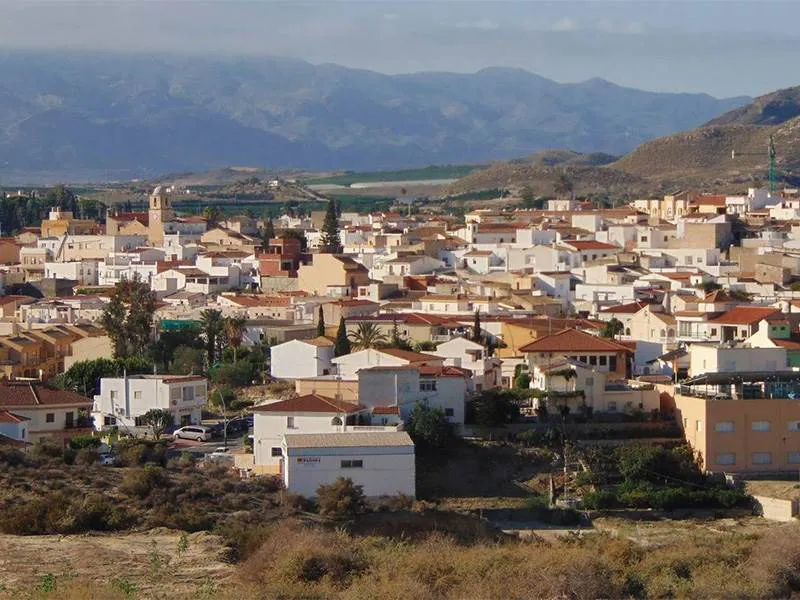
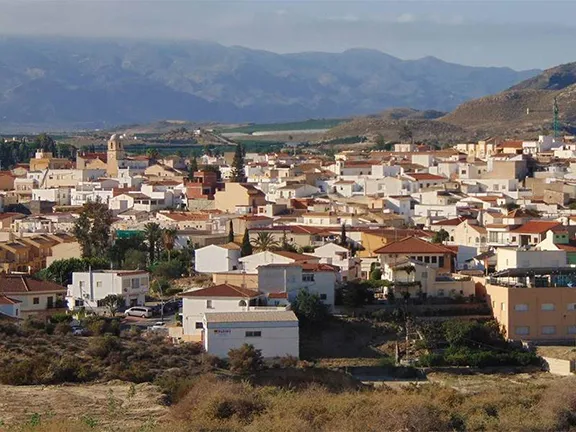
View over Antas
The small town of Antas, in the far east of Almeria province, lies in the broad, fertile valley of the Rio Antas, about 15 kilometres from the Mediterranean coast. The river is normally dry until the autumn and winter rains, when it becomes a ranging torrent. Over the millennia it has carved out a gorge through the soft sandstone bedrock and supplied regular deposits of fertile silt that accounts for the present-day fecundity of the land.
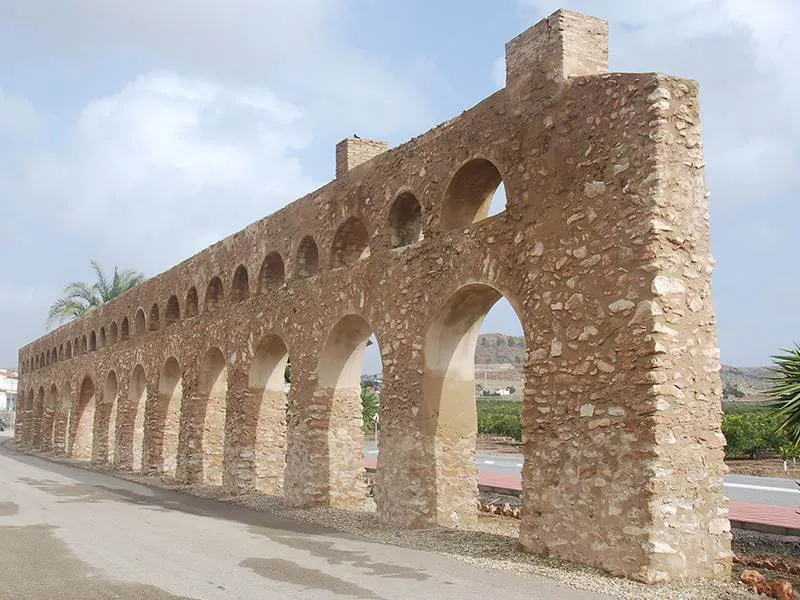
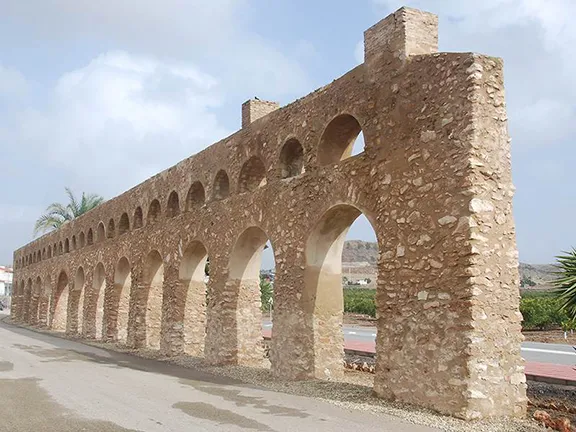
Aqueduct El Real
Antas is surrounded by small market gardens growing salad vegetables, beans, peas and cabbage and orchards famous for their oranges and lemons. Unlike other areas of Almeria, many smallholders are not addicted to plastic. Vegetables often grow right up to the sides of the narrow roads. Unlike towns dependent on agriculture in other parts of Spain, never mind Almeria, Antas, with a population just over 3000 (2020), has an unemployment level of about 8%. The local mayor explains this phenomenon; the 400 or so local businesses return their profits to grow their business. As he says, 'nobody in Antas has anything under the bed'. Believe that or not, the town is, at the moment, enjoying a bit of a boom. It has not always been that way. The population of Antas have had a turbulent time of it over the years.
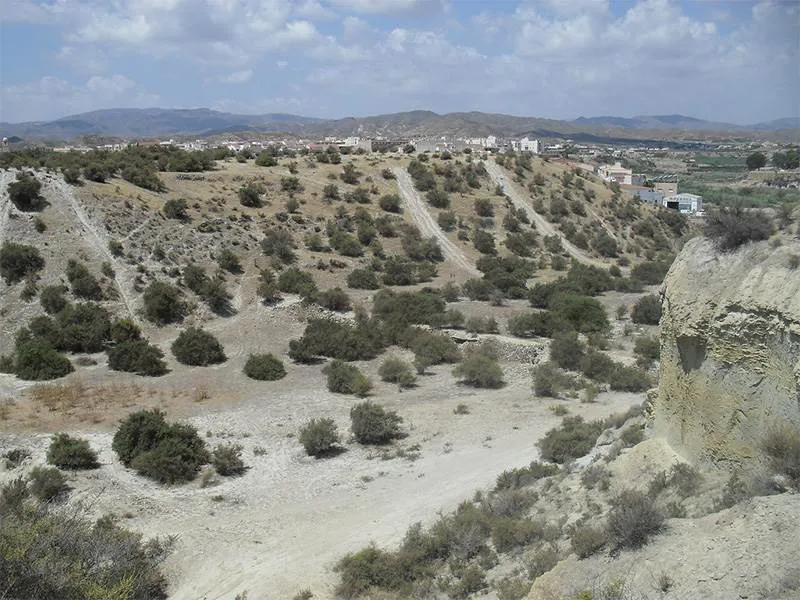
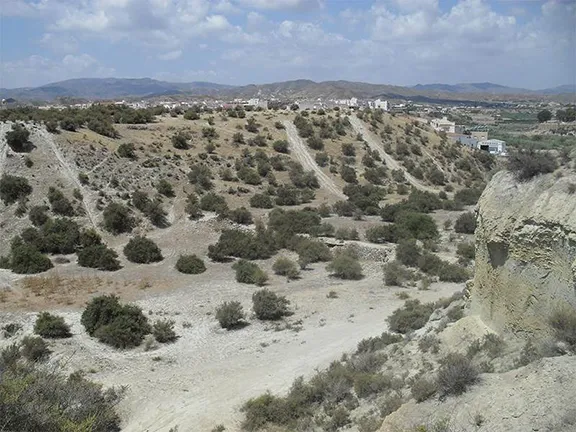
El Argar Bronze Age site
The valley of the Rio Antas has been a favoured spot since Neolithic folk arrived in Andalucia about 6500 BC. Signs of their presence are scattered over the landscape and in the numerous caves in the sandstone river cliffs. Three archaeological sites have been identified near the town.
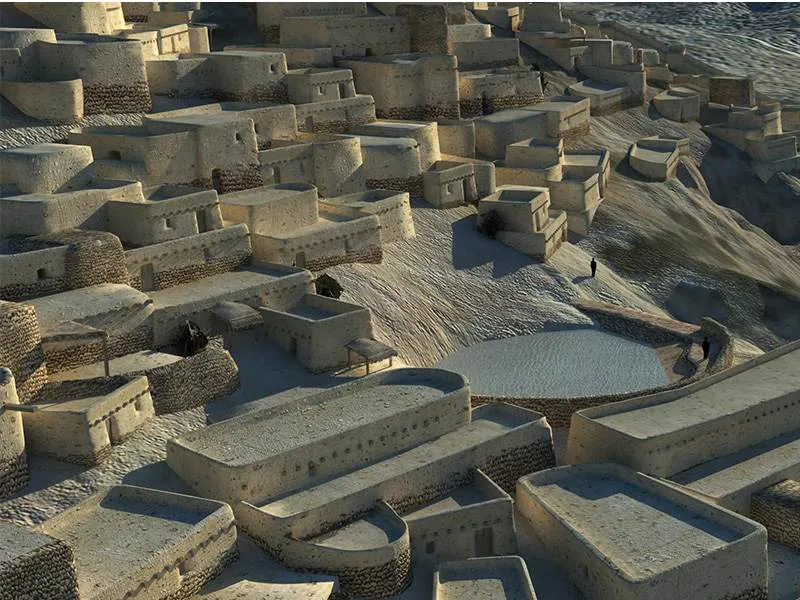
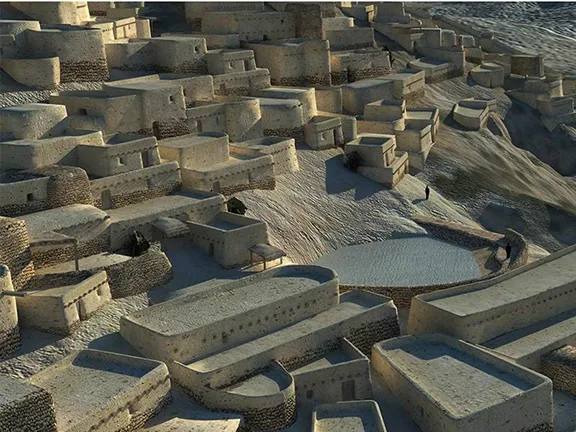
Reconstruction of El Argar
Yacimiento Arqueológico de El Garcel dates to the early Copper Age and is situated on the east bank of the Rio Aquas. Olive pips, reputedly the oldest in the Iberian peninsula, were found in the site.
Yacimiento Arqueológico Lugarico Viejo is also on the east bank of the river. It dates to a slightly more recent period than El Garcel, between the Copper and Bronze Ages.
Finally, the site for which Antas is famous, Yacimientos Arqueológicos de El Argar y La Gerundia. Around 1550 BC the people of the Argar culture built a fortified settlement at Antas. The settlement was discovered towards the end of the 19th century and became the archetypical site from which the Argar culture was named. Unfortunately for those interested in such things, Antas neglected to protect its one and only claim to fame.
A rusting, faded, sign on the northern outskirts of the town indicates you are in the correct place and points you to a scrub-covered hill. On the far side of the hill a few, decaying, low walls are the only remnants of the site. Antas does not even have a museum or interpretation centre. All the finds from El Argar ended up in the museum in Almeria city or in Madrid.
The Romans, Visigoths and Moors came and went with barely a ripple, leaving no sign of their passing, apart from a section of aqueduct on the approaches to Antas, grandly named El Real, reputedly with Roman origins. It was after the reconquest of the area in 1488 that Antas started to appear as an entity. The Moorish residents in nearby Vera were given a choice, relocate to Africa or move to the interior of the province. 50 families chose to move to a small village on a small hill on the banks of the Rio Aquas. There they created an Arab quarter. Within ten years the inhabitants of the town were being accused of protecting the Barbary pirates that periodically raided along the coast. There may be some truth to this since many displaced Moors joined the pirates and would have had relatives and friends still in Spain. Anyhow, the military became involved and the population of Antas was reduced to servitude.
Barely eighty years later, in 1570, following the War of the Alpujarras, a revolt by the Moriscos (Spanish Muslims who converted to Catholicism), the citizens of Antas again found themselves on the wrong side of authority, through no fault of their own this time. They were expelled from the town and replaced by 63 people from Murcia, Valencia, Bilbao and Toledo.
In the 1960’s Antas experienced another influx of strangers. The male population far exceeded the number of females so spinsters and widows from Murcia were brought in to balance the numbers.
It is rather strange, given the documented need for women, that a particular pagan ritual is still enacted every year. It is called ‘Matando a las ancianas‘ (killing the old women). It dates back to Mesolithic times when, faced with starvation, a family would kill its less productive members to leave more food for the rest. So, every year, during Lent, the citizens of Antas gathered on a nearby hill, the Ridge of Maria, and threw sweets at the local grandmothers.
The custom of Matando a las ancianas was considered not de rigeur in this modern age so it was combined in many villages and towns with Dia de la Vieja (the day of the old). The 'old' in this case refers to the 'old' part of Lent, and the day itself was introduced by Franciscan monks to encourage people to keep to a strictly restricted diet during Lent, knowing that without a day of feasting partway through Lent many people would not.
Today, Antas is a pleasant town centred around its Ayuntamiento and the 16th century Iglesia Parroquial de Santa María de la Cabeza. It is renowned in the area for the quality of the food served in the local cafes and restaurants and at the weekly market, held on a Monday in Plaza Era del Lugar.